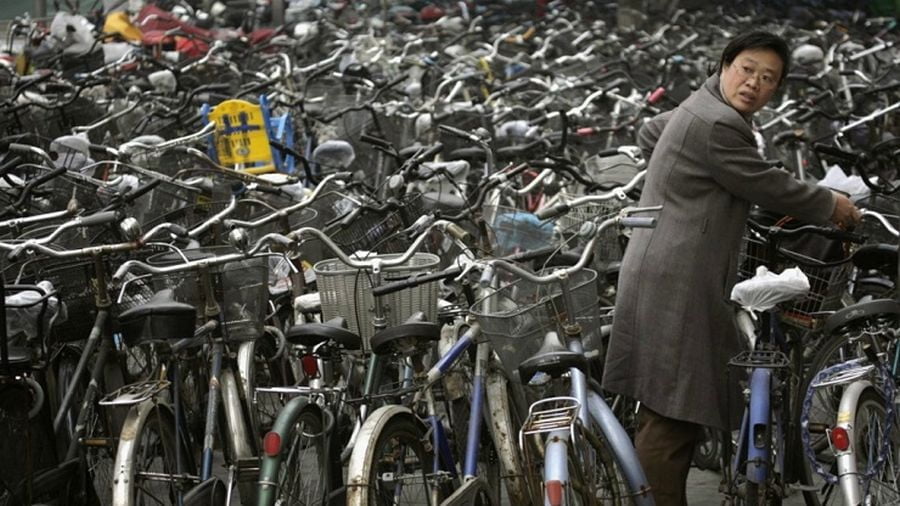China’s Population Issue
Over the past centuries, there have been various assessments of changes in fertility and the impact of this factor on the state structure and social processes.
In the 18th century, a British demographer Thomas Malthus argued that population growth would eventually lead to starvation, disease, death and, by extension, population decline. This perspective has been fueling the debates between secular and religious circles regarding the family size. In 1993 an economist and future Nobel Prize winner Dr. Michael Kremer showed the shortcomings of the Malthusian theory, given that the technological progress over the past two centuries was in reality, to some extent, contingent on the population growth. In the end, Kremer’s model projected that economic and population growth go hand in hand.
Global population issues could be starkly illustrated by the events in China in the last 50 years. It is worth noting that “one family, one child” policy was first introduced in China in 1979, when the country was facing overpopulation and famine. At this time in China, on average there were six children for one woman. Until 2016, only village residents could have a second child on the condition the first one was a girl. At the same time, authorities strictly enforced this reproductive policies. The would-be violators were fined and fired while women were coerced to have an abortion or even forcefully sterilized. For instance, in 2005, The Washington Post reported what was going on in the town of Linyi where local authorities raided the homes of families with two children, demanding at least one parent be sterilized.
In 2016, Chinese authorities recognized the damages and allowed citizens to have two children. Two years later, however, the population growth ceased due to the changes in China’s social environment: the image of a placid and obedient Chinese woman became a thing of the past and was superseded by a modern psychotype — of a ruthless, determined and educated career-oriented woman who does not have time for a big family.
At the same time, the Chinese youth became more child-free oriented. As the Chinese media report, marriage ceremony rates in China have declined markedly in recent years: in 2020, they went down by 39% as compared with the peak of 13.3 million, which was reached in 2013. Experts believe that weddings require more and more money while the youth feels somewhat different about the institution of marriage. As statistics shows, more and more young Chinese prefer to stay single and free.
To prevent the population crisis, over the last decade Chinese authorities have relaxed strict fertility rules, including the “one family, one child” policy. For one, in 2016 Beijing allowed couples to have two children, and in 2021 increased this figure to three. Besides, the Chinese government is trying to incentivize families to increase fertility by a number of social benefits. In particular, according to the data released in August, every additional 1,000 yuan per sq. m. of real estate reduces by 2% the probability that a family will have one child, and by 5% for two children.
But even such government initiatives did not convince many female residents of the country thinking that raising three children would be prohibitively expensive and would strip them of carrier opportunities. For that reason neither the easing of state demographic policies, nor stimulating measures like prolongation of maternity leaves and provision of more affordable education and housing managed to reverse the downward trend in the fertility rate which has dropped to the lowest level in six decades, barely exceeding the death rate in 2021 while the population growth rate turned out to be the lowest since 1960. The Chinese national bureau of statistics recently reported that across China, 10.62 million babies were born in 2021, a rate of 7.52 per thousand people. In the same period 10.14 million deaths were recorded, a mortality rate of 7.18 per thousand. Thus, a population growth rate added up just to 0.34 per thousand head of population.
Taking into account the current total fertility rate in China which is 1.3 children for each woman, in 45 years the nation’s population may be reduced by half. This was the conclusion that Chinese experts reached in their new study demonstrating alarming tendencies in the demographic situation in China: for now China’s current population is over 1.4 billion, while in 2019 the United Nations projected that China would still have around 1.3 billion people by 2065. Last year, researchers with the University of Washington published an even more grim outlook in The Lancet magazine suggesting that the Chinese population would halve by 2100.
The Chinese media recognize that China is still benefiting from its demographic dividends when the proportion of working-age population was predominant. In recent years, however, as the most of East Asia, China found itself in the clutches of a demographic crisis with such typical traits as lowering population growth, projections of inevitable negative population growth as well as aging citizens. In China, according to the latest data, in 2021, proportion of people aged over 60 increased to 18.9%. In Japan, the number of people aged over 65 accounted for 29.1% of its total population in 2021, while in South Korea 34.1% of people aged over 65 are still in the labor market. Even now in China the proportion of elderly people exceeds the number of children and by 2050 this figure will be more than double, increasing from 254 million to 500 million.
China’s declining fertility rate, as Chinese experts contend, could pose two major threats to the economy, namely a shrinking workforce and decreased spending power. For that reason the authorities are trying to equip the elderly population with skills that would help them better adapt to the new reality. Besides, the Chinese government is facing a thorny problem of raising the retirement age and searching of new means to incentivize the elderly to work on after reaching retirement age. According to South China Morning Post, the nation’s authorities confirmed last year that they will start to raise the retirement age by a few months every year. The country’s retirement age has remained unchanged for 40 years: at 60 for men and 55 for women.
Meanwhile, as some Chinese pundits think, population decline and aging has its own benefits. Professor Chen Gong, director of the Peking University Institute of Population Research, believes that the growing number of citizens with a higher level of education could boost the country’s economic development while the population decline may reduce pressure on natural resources and the environment.







